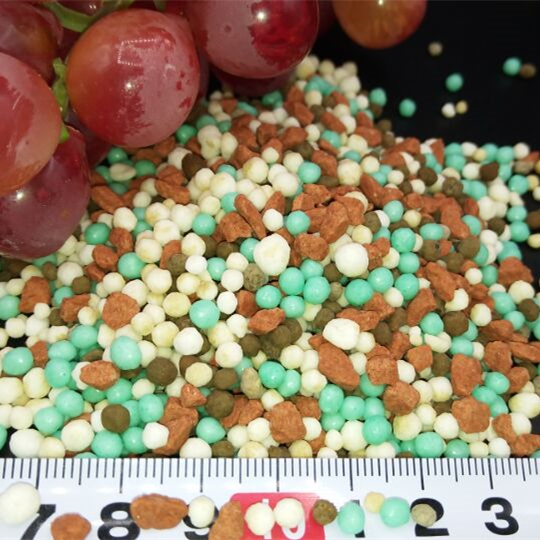
Sep . 13, 2024 03:35 Back to list
bagged urea fertilizer
The Benefits and Uses of Bagged Urea Fertilizer
Urea fertilizer, particularly in its bagged form, has become a staple in modern agriculture due to its high nitrogen content and effectiveness in promoting plant growth. Comprising around 46% nitrogen, urea serves as an essential nutrient that supports various physiological processes in plants, including photosynthesis, growth, and overall health.
One of the primary benefits of using bagged urea fertilizer is its convenience and ease of application. Farmers appreciate the straightforward packaging, which allows for precise measurement and effective distribution across their fields. The granulated form of urea ensures uniform coverage, reducing the risk of over-fertilization in certain areas while under-supplying others. This precision is crucial for maximizing crop yields and minimizing nutrient wastage.
Moreover, urea's versatility makes it suitable for a wide range of crops, from cereals to vegetables. It can be applied at different growth stages, aiding in the early development of plants and boosting yields during critical periods of growth. This adaptability is particularly important in regions with varying agricultural practices and crop types, allowing farmers to customize their fertilization strategies to meet specific crop needs.
bagged urea fertilizer

Another significant advantage of bagged urea fertilizer is its cost-effectiveness. Compared to other nitrogen sources, urea is generally more affordable and widely available, making it an attractive option for farmers operating on tight budgets. Its high nitrogen concentration means that less product is required to achieve the desired nutrient levels, translating into lower transportation and application costs.
However, it is essential for farmers to utilize urea fertilizer judiciously to prevent environmental issues, such as nitrogen runoff and soil acidification. Employing best management practices, such as soil testing and appropriate application timing, can help mitigate these risks. Additionally, incorporating urea into a comprehensive nutrient management plan can help achieve sustainable agricultural practices.
In conclusion, bagged urea fertilizer presents numerous advantages that make it an invaluable resource in agriculture. With its high nitrogen content, ease of application, versatility, and affordability, it significantly contributes to enhancing crop productivity and supporting farmers' livelihoods. By using urea responsibly, the agricultural community can balance the demand for increased food production with the need for environmental stewardship, ensuring a sustainable future for global agriculture.
-
Premium Organic Manure Compost for Eco Gardens
NewsAug.01,2025
-
Organic 10-10-10 Fertilizer | Balanced Plant Nutrients
NewsJul.31,2025
-
Premium Amino Acid Fertilizer | Rapid Plant Growth Booster
NewsJul.31,2025
-
10 10 10 Fertilizer Organic—Balanced NPK for All Plants
NewsJul.30,2025
-
Premium 10 10 10 Fertilizer Organic for Balanced Plant Growth
NewsJul.29,2025
-
Premium 10 10 10 Fertilizer Organic for Balanced Plant Growth
NewsJul.29,2025
